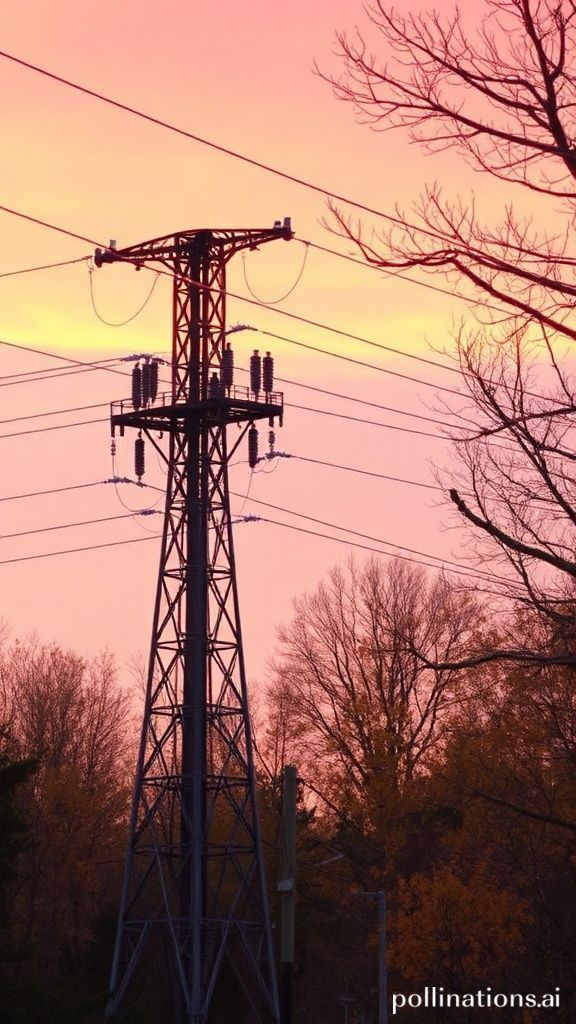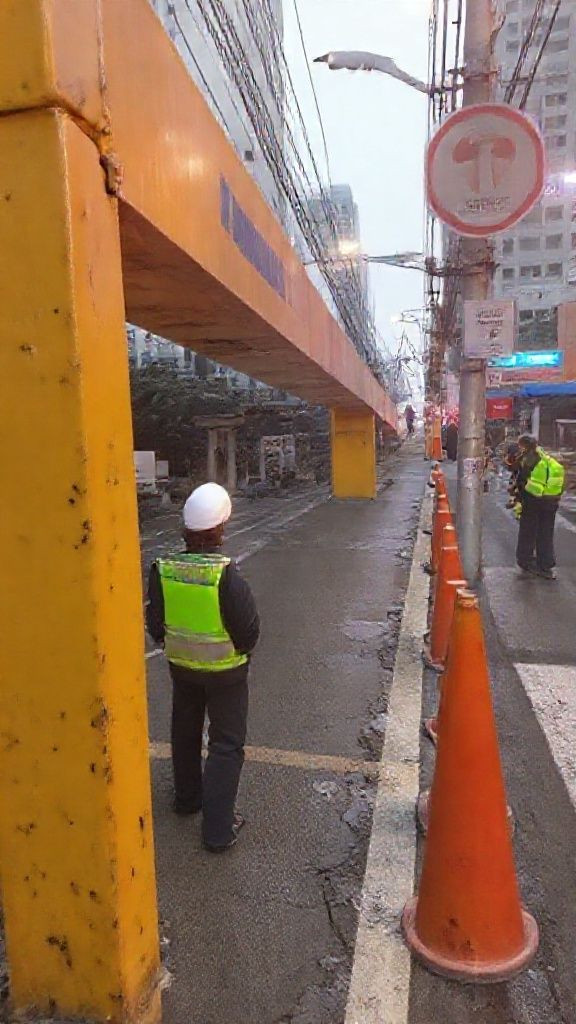
Scientists are working tirelessly to assess the environmental damage caused by the recent Los Angeles wildfires and their impact on local waters. The burning of vegetation and buildings has released a host of pollutants into the air, soil, and sea. For marine life and coastal communities that rely on clean water for survival or recreation, understanding potential risks posed by these pollutants is crucial. Scientists have already detected ash offshore, which poses concerns about runoff and mudslides that can compound pollution risks. Tests are underway to assess levels of toxins, metals, microplastics, polycyclic aromatic hydrocarbons (PAHs), and polychlorinated biphenyls (PCBs) in ocean water. Preliminary results suggest elevated PAH concentrations close to shore. However, it is not yet clear what the exact impacts on marine life or human health will be. As a coastal state with heavy reliance on ocean-based industries, California has strict regulations regarding environmental quality standards for marine waters. Monitoring efforts and test results are closely reviewed by regulatory agencies to ensure that they comply with these laws. This proactive approach ensures that mitigation measures can be implemented as needed to protect the environment and public health. While the full scope of damage is still being determined, it is encouraging to see scientists and regulators working together to address this environmental emergency. Only through collaboration and scientific rigor can we hope to mitigate the impacts of such devastating events.
Scientists are working tirelessly to assess the environmental damage caused by the recent Los Angeles wildfires and their impact on local waters. The burning of vegetation and buildings has released a host of pollutants into the air, soil, and sea. For marine life and coastal communities that rely on clean water for survival or recreation, understanding potential risks posed by these pollutants is crucial. Scientists have already detected ash offshore, which poses concerns about runoff and mudslides that can compound pollution risks. Tests are underway to assess levels of toxins, metals, microplastics, polycyclic aromatic hydrocarbons (PAHs), and polychlorinated biphenyls (PCBs) in ocean water. Preliminary results suggest elevated PAH concentrations close to shore. However, it is not yet clear what the exact impacts on marine life or human health will be. As a coastal state with heavy reliance on ocean-based industries, California has strict regulations regarding environmental quality standards for marine waters. Monitoring efforts and test results are closely reviewed by regulatory agencies to ensure that they comply with these laws. This proactive approach ensures that mitigation measures can be implemented as needed to protect the environment and public health. While the full scope of damage is still being determined, it is encouraging to see scientists and regulators working together to address this environmental emergency. Only through collaboration and scientific rigor can we hope to mitigate the impacts of such devastating events.
Scientists are working tirelessly to assess the environmental damage caused by the recent Los Angeles wildfires and their impact on local waters. The burning of vegetation and buildings has released a host of pollutants into the air, soil, and sea.
For marine life and coastal communities that rely on clean water for survival or recreation, understanding potential risks posed by these pollutants is crucial. Scientists have already detected ash offshore, which poses concerns about runoff and mudslides that can compound pollution risks.
Tests are underway to assess levels of toxins, metals, microplastics, polycyclic aromatic hydrocarbons (PAHs), and polychlorinated biphenyls (PCBs) in ocean water. Preliminary results suggest elevated PAH concentrations close to shore. However, it is not yet clear what the exact impacts on marine life or human health will be.
As a coastal state with heavy reliance on ocean-based industries, California has strict regulations regarding environmental quality standards for marine waters. Monitoring efforts and test results are closely reviewed by regulatory agencies to ensure that they comply with these laws. This proactive approach ensures that mitigation measures can be implemented as needed to protect the environment and public health.
While the full scope of damage is still being determined, it is encouraging to see scientists and regulators working together to address this environmental emergency. Only through collaboration and scientific rigor can we hope to mitigate the impacts of such devastating events.






